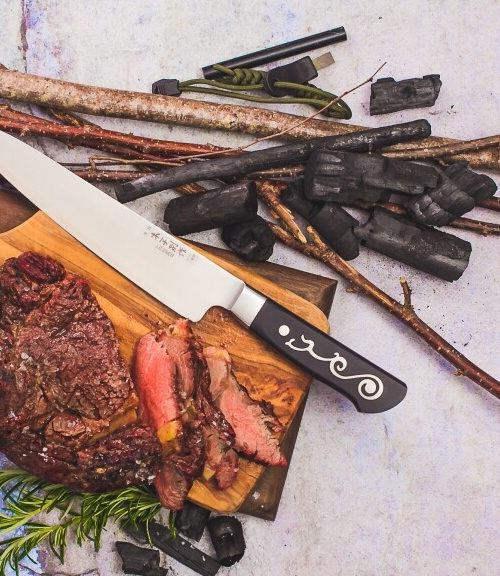Love it or hate it – Halloween’s coming
The very mention of the word ‘Halloween’ invokes very different reactions in people…
Two dollar shop owner: Last time to make money until Christmas!
Six year old: I like dressing up! (then gets scared at the party/parade)… I want to go home!
Teenager: Great!
Teenager that’s seen Halloween the movie: Er…
Anyone over 40 (that’s not American): Why do we have to have that silly American tradition over here?
The funny thing is, it’s not really an American tradition. A quick recap…
The word Halloween is just short for All Hallows’ Eve, which is the night before All Saints’ Day – a Christian holiday to commemorate the lives of the saints. It’s actually a three day period called Allhallowtide which ends with All Souls’ Day.
Halloween is now marked on 31st October (a Saturday this year and coincidentally here in Queensland it’s also state election day, which will make for some interesting looking voters), but back in the 7th Century it was celebrated on 13th May.
Historians suspect the main reason it was moved to the end of October was to placate all those pagans (OK – mainly the Celts) who still celebrated their own festival of ‘Samhain’ in the Britain and Ireland at that time.
The more you find out about what happened during Samhain the more you realise that the modern version is pretty similar. November was – on the Celtic calendar at least – the start of the New Year and also the onset of winter. The Celts believed that during Samhain the souls of the dead came back to visit their homes, and anyone who had died that year went to the otherworld.
The Celts, clearly not that keen to reacquaint themselves with their dead friends and relatives, wore masks or disguises so they wouldn’t be recognised by them. When the Romans turned up (never wanting to miss a chance for a party) they added their own excuses for partying on down with the natives, one a festival called ‘Feralia’ to commemorate the dead and another called ‘Pomona’ celebrating the harvest.
The irony in all this is that the American colonies were originally not very keen on Halloween – the mainly Protestant colonists didn’t really like anyone having any fun at all (no music, no theatre etc.) and so Halloween was forbidden. It was only when hordes of immigrants arrived – mainly from Ireland – that the Celtic, sorry Roman Catholic, tradition was gradually more tolerated. Twentieth century (American) consumerism did the rest.
Many of the symbols of Halloween as we now know it are a mashup of all these various traditions. One of the biggest – the Jack-o’-lantern – is borrowed from an originally Irish practice of taking a large vegetable like a turnip and hollowing it out, cutting out a scary face and putting a candle in it. The only reason it ended up being a pumpkin is because it was native to North America and there weren’t too many turnips around.
Back in Ireland the Jack-o’-lantern represented a character in one of their myths called ‘Stingy Jack’ who tricked the Devil and so couldn’t get into heaven or hell (interestingly he did try heaven first) so had to stay on earth. The Jack-o’-lanterns were meant to scare him away on Halloween.
The good news about pumpkins today is… that we actually eat them too! Pumpkin soup is pretty trendy at the moment but it didn’t used to be a vegetable anybody wanted to go anywhere near (please let us know if you’ve always liked them!).
Just remember that if you need to cut up a pumpkin or two, for soup or for a few Jack-o’-lanterns, you’ll know which knife to reach for!
And the next time you’re chatting to anyone from the good old US of A, don’t forget to remind them who celebrated Halloween first!
-
 Curved Paring Knife – 93mm$129.95
Curved Paring Knife – 93mm$129.95 -
 Chef’s Knife – 270mm$234.95
Chef’s Knife – 270mm$234.95






